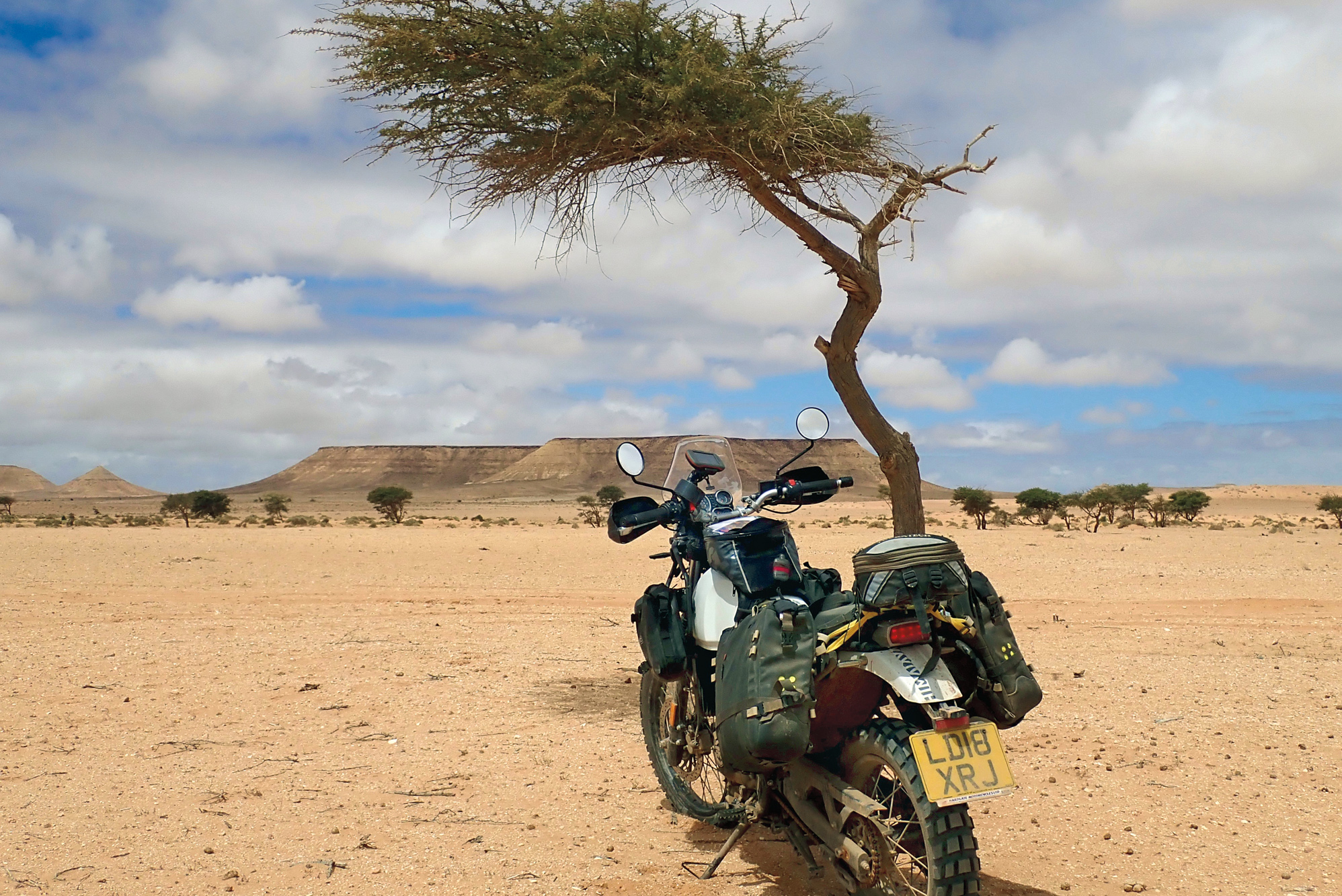I’m guessing the vast majority of vehicle fires start with an electrical fault. Careless use of smoking material and brake fluid on a hot manifold aside.
This said, by far the best and low cost means of preventing this sort of thing happening is to make sure the electrical installation is done to a good standard and is safe.
Many times I have seen perfectly neat installations that the owner is convinced are safe or ‘work really well’ that are potential sources of fire.
The fact is, a modified truck is more likely to have additional electrical circuits from winches to LED lighting and it is essential that some basic rules are followed to minimise the risk of fire.
The first thing is to fuse for the wire size correctly. If you fit 10A wire (vehicle wiring seems to be sold as X Amp wire) don’t expect it to carry 10A from front of truck to back AND blow a 10A fuse under the bonnet if it shorts in the back. Chances are the wire will get hot before the fuse melts. A factor of 2:1 is a good safety margin.
Secondly, correct fuse placement is essential. For a fuse to protect the cable it should be at or as close as possible to, the point the cable size reduces. For example you feed a bus bar with 100 A cable, and wish to feed LED lights which draw 2A. 10A cable is used to the lights and fused at the light switch, 1 metre away at 2A. This is fine for stopping the light drawing too much load on the cable, but if the cable gets pinched and earths to the body before the fuse, it’s fused at the same as the 100A cable and will likely get so hot it glows without blowing that fuse. Easiest way to prevent this is to use a fusebox with a built in bus bar that is sufficiently rated. If connections are taken from a battery, either use a fusebox that bolts to the battery terminal or a cable heavy enough to withstand a full battery discharging into it, well protected and as short as possible to your fuse box.
Thirdly is to prevent damage to the cable by vibration or in any type of accident, hence the easiest thing is to mount a fuse at the battery.
This doesn’t preclude taking cables to convenient locations for switches and fuses. Convenience means easy access if a problem occurs, just make sure the cable to the fusebox is sized and fused correctly and protected along its route from any damage for example by using ribbed conduit and rubber grommets, and tying down to prevent movement. Vibration is the enemy.
The other thing to bear in mind is, what are the unintended consequences of an alteration? If you uprate the alternator from a 60A to a 150A, the cable will no longer be big enough to take the full 150A , if it is ever utilised for any length of time. Adding leisure batteries, especially lithium can result in extra current being available into the wiring.
Starter cables aren’t fused on vehicles generally, because they are sized to carry the full capacity of the battery until it is depleted in the event of a short circuit and so routed as to minimise the possibility of damage. EG in a front end collision, the battery (ies) will likely be damaged and even if the cable is solidly earthed, it will not get so hot as to cause a fire. With batteries in the back, if they are connected into the rest of the system to charge from the vehicle then they could back-feed into the fault. So again, fusing at the battery (or change of cable size) is essential particularly with lithium which can discharge huge currents very quickly.
So:
Think about where to site electrical fuses, switches and relays for accessibility and to avoid damage.
Size cables correctly, ideally oversize.
Fuse as close to the battery or change of cable size to protect the smaller cable.
Prevent cables from being damaged by using conduit, cable ties and grommets or bushings to make holes less of a point of sharpness.
Lastly on the 80 don’t use the passenger side battery for any connection. Why? Because during start it could receive 24V if it has a connection to the body somewhere. Or if used for a winch for example could cause a major short circuit at first start. Also put any battery isolators and fuses in the + for similar reason. Convention to disconnect the negative of a battery first is that if your spanner touches down it won’t cause a short circuit and possible explosion.
Very lastly, ensure every part of your circuit can take the current. Check for small size cables (80 series RH battery - to body for example) and up-rate if necessary.
Very very lastly, protect terminals from metal items dropping on them and causing a short circuit. Rubber boots and caps etc are great or enclose so they are out of harms way. Heat shrink around bare cable-end terminals to keep as little as possible exposed.
Stick to these rules and chances are you’ll never need that bonnet release, battery isolator or installed extinguisher.
Stay safe all.
















